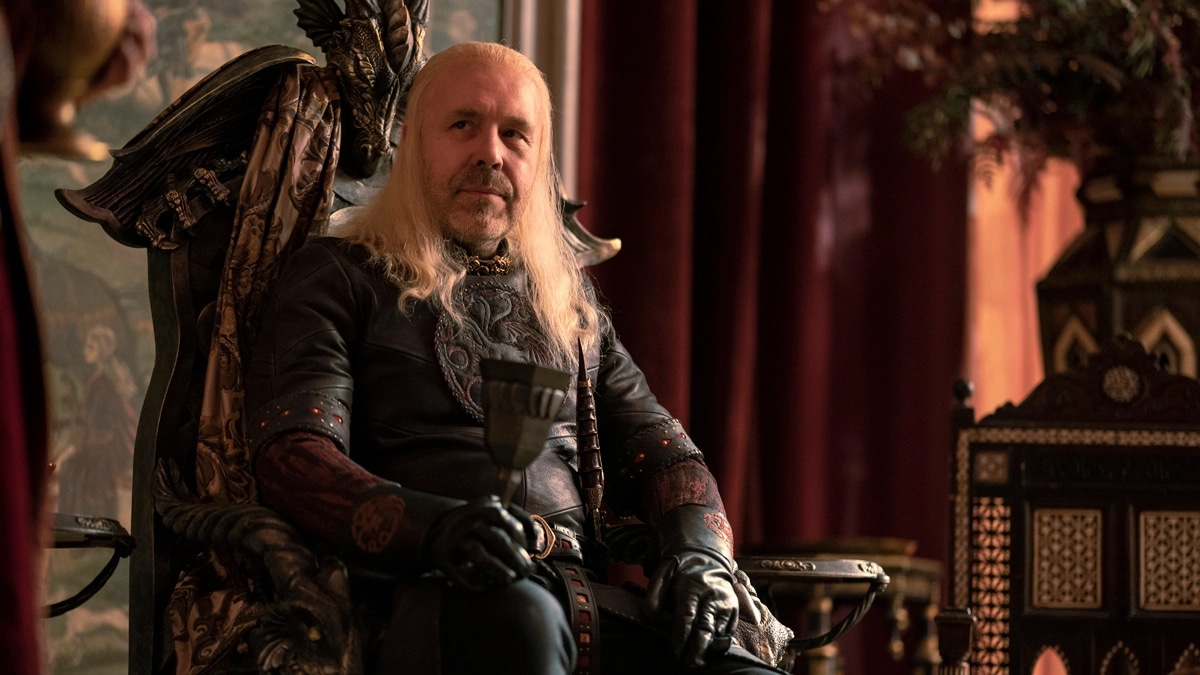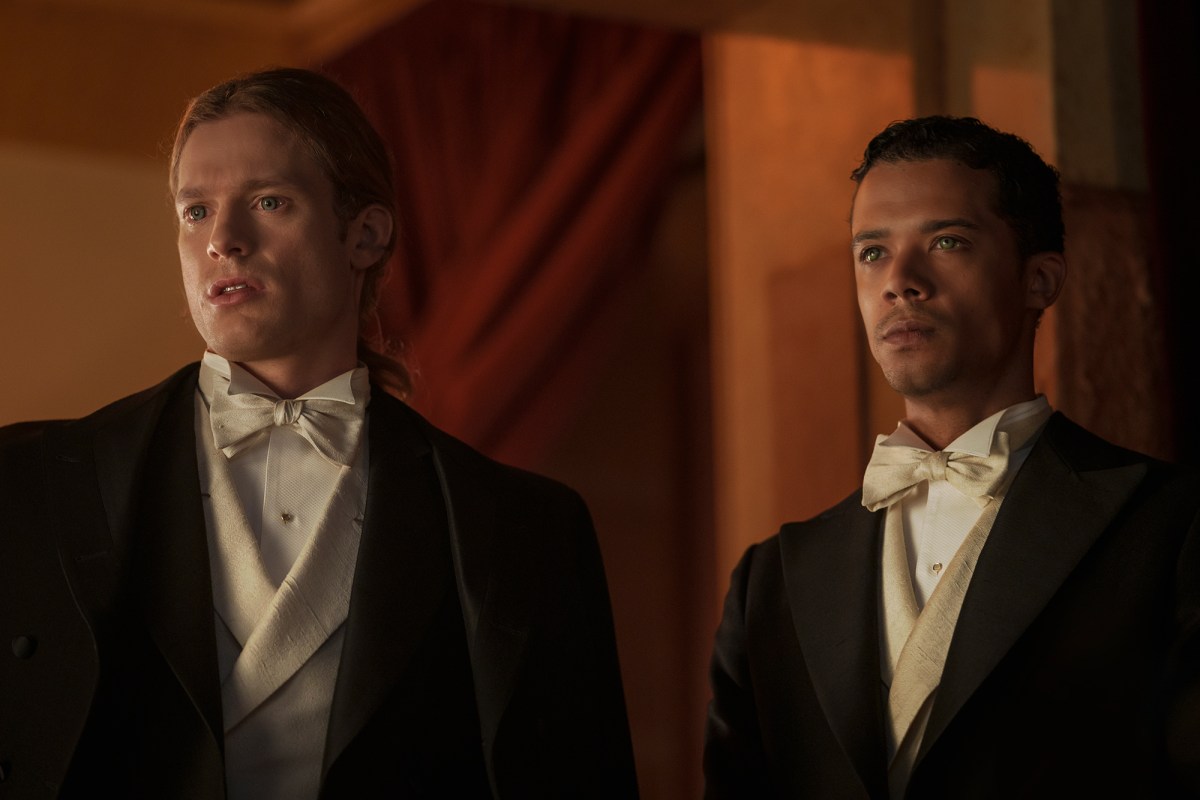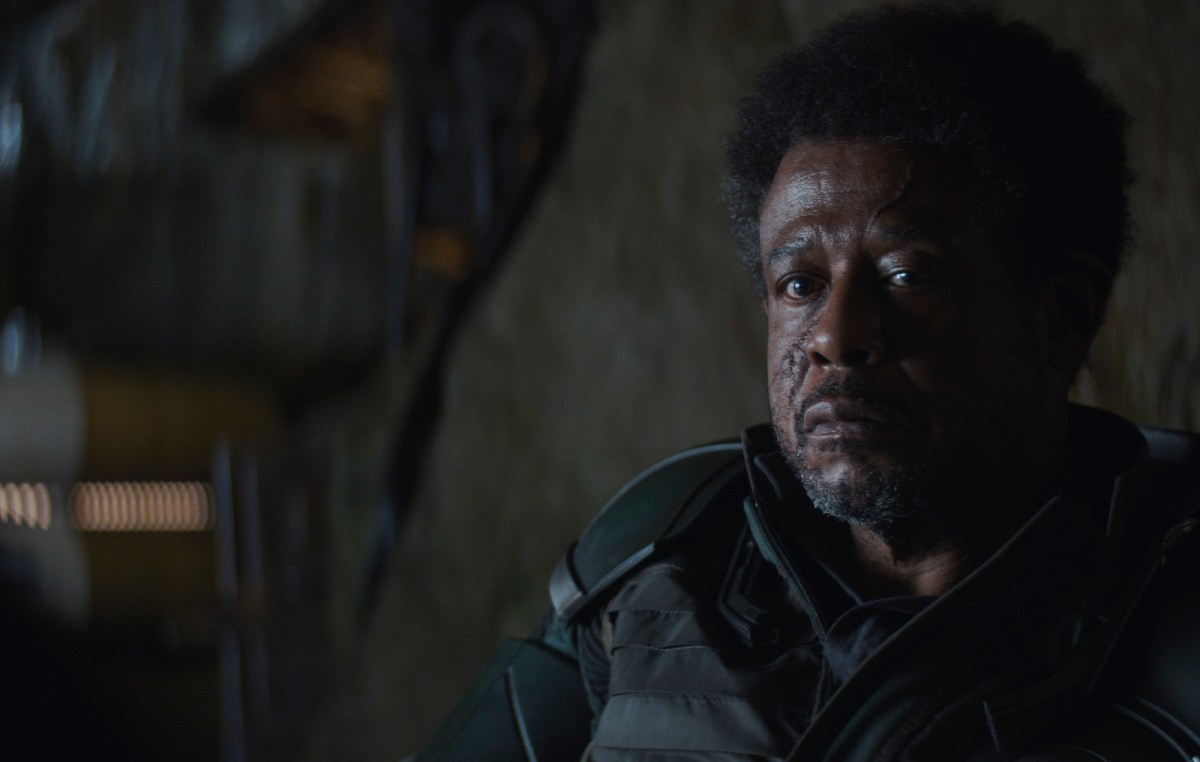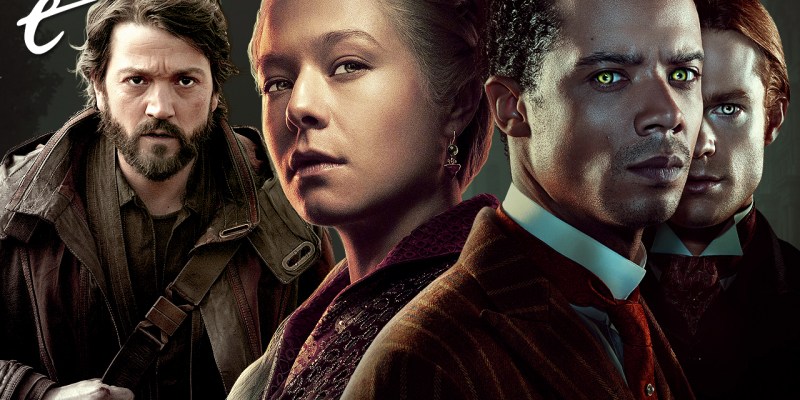Prestige TV went mainstream in the 2010s. TV shows weren’t just idle entertainment to throw on during dinner, but instead complex, long-form dramas that demanded your attention. In the smartphone era, few shows rise to “single-screen” status — shows that you don’t look at your phone while you’re watching. And in 2022, single-screen prestige TV got a lot more complicated.
A few years after the end of Game of Thrones, HBO is back in the ridiculous names business with House of the Dragon, a prequel set hundreds of years before the Long Night that concerns the last great Royal Family of Westeros, the platinum-haired Targaryens.
If your head is already spinning from all these names, places, and events, buddy, buckle up! House of the Dragon not only dumps the viewer in the middle of a highly complex social structure — “What do you mean there’s more than one kind of Targaryen?” — it has the gall to jump forward in time between nearly every episode.
The creators sometimes throw you a bone by having a character say something like, “It’s been six months since so-and-so died,” but if you miss that one line, too bad! And God help you if you somehow miss the 10-year jump forward! The show has subtle ways of showing time has passed: King Viserys (Paddy Considine) is inflicted with some unnamed wasting disease, and his physical deterioration is a good clue. But that’s cold comfort in a show with multiple characters named some variation of “Aegon.”

House of the Dragon feels like Game of Thrones with the difficulty cranked up to Hard. It’s not a retread of the first show, but an assured follow-up that expects you to hit the ground running and keep up with it. There is less shocking violence or gratuitous nudity (less doesn’t mean none) and just great characters plotting against each other. The time jumps aren’t a flex: The scale of the story deepens the characters and makes the events of the show feel like their lives.
But that’s not the only literary adaptation that demands your attention among prestige TV in 2022. Back in 1994, the world wasn’t ready for Interview with the Vampire. Maybe it was Tom Cruise’s blonde wig, but the movie lives on as a cult classic due to its undeniable vibes. Are vibes enough to build a franchise on? That’s exactly what AMC is hoping for with its new Interview with the Vampire series.
In 2022, aging journalist Daniel Molloy (Eric Bogosian) interviews Louis de Pointe Du Lac (Jacob Anderson), a 150-year-old vampire from New Orleans. They’ve done this interview before, and the way Louis has manipulated, embellished, and omitted certain details moves the story forward and teases fans of the novel and the ’94 movie. Louis, played by Brad Pitt in the film, has been recast as a black man, which automatically increases the story’s complexity due to its setting: The show moves the time forward a hundred years to the late 19th century, with Louis as a black business owner in a city dominated by rich white men.
And then there’s the Vampire Lestat. Played brilliantly by actually blonde Sam Reid, Lestat is beautiful, charming, rich — and gay. This is Interview ’22’s biggest departure from the ’94 movie. Here, vampirism isn’t used as an allegory for homosexuality, but to deepen and enrich the story of two male lovers living in a hostile world — and literally feeding on that hostility.

The removal of subtext leaves room for a whole lot of actual text. Every episode is stuffed with earnest explorations of sexual and gender politics, parenthood, secrets, memory, and the insidiousness of abuse. Where the movie has a relatively superficial reading of Louis and Lestat’s relationship, with an equally facile solution, the show digs into how abusers get their claws into someone and how hard it can be to leave, especially when a child is involved.
This sounds grim, and it is at times, but the show’s writers aren’t afraid to have fun with the ridiculous concept of “gay vampires run amok in racist New Orleans” – rest assured, a lot of those rich white men get what’s coming to them. And then there’s the jaw-dropping reveal at the end of the first season. Suffice to say, it recontextualizes the entire show, without destroying the carefully constructed logic it spent seven episodes building.
Hundred-year-old vampires dealing sexual and racial politics or six characters all with names that rhyme with “Egg-on” not hardcore enough for you? How about an entire character and plot line that never appear on screen?

Throughout Andor‘s dense, exhilarating first season, we keep hearing about a smuggler named Anto Kreegyr. He appears to be a lynchpin in art dealer / undercover Rebel leader Luthen’s (Stellan Skarsgard) plans, and sinister ISB agent Dedra Meero (Denise Gough) slowly closes in on him from episode to episode. Luthen even goes to Saw Gerrera (Forest Whitaker), an extremist guerrilla who is the unlikely recurring character of the Disney era, and discusses selling Kreegyr out to throw the Empire off their trail.
When the ISB’s plan finally comes to fruition, the Empire annihilates Kreegyr and his Rebel cell in a raid. It sounds thrilling… and we don’t see it happen. Kreegyr appears only as a static hologram and then, after the raid, a series of pulsing red circles on a tactical map. It’s just one of the stories that happens off-screen in Andor, a show that is entirely about what happens behind the scenes in the Star Wars universe. Andor works overtime to strip the spectacle from nearly half a century of Star Wars, to show these characters not as capital-H Heroes, but as flesh-and-blood people who are just as vulnerable to betrayal — and gunfire — as the rest of us.
House of the Dragon, Interview with the Vampire, and Andor were three of the best shows that came out this year, and all have a second season on the way. While movies might be back, prestige TV that requires, and rewards, your full attention is here to stay.
